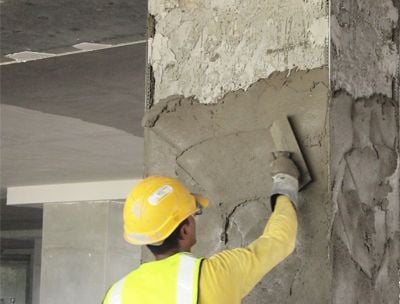
Uses of Cement


Cement is a versatile material with numerous applications across various industries. Some common uses of cement include:
Construction: Cement is most commonly used in the construction industry for building structures such as buildings, bridges, dams, roads, and pavements. It serves as a key ingredient in concrete, which is the most widely used construction material globally.
Concrete Production: Cement is the binding agent in concrete, which is a mixture of cement, aggregates (such as sand and gravel), and water. Concrete is used for various construction purposes, including foundations, floors, walls, and precast elements.
Mortar: Cement is mixed with sand and water to create mortar, which is used as a bonding material for bricks, blocks, and stones in masonry construction. Mortar provides structural integrity and weather resistance to masonry structures.
Stabilization and Grouting: Cement-based grouts are used for filling gaps, cracks, and joints in construction and for stabilizing soils in foundations and underground structures. Grouting with cement helps improve the load-bearing capacity and stability of structures.
Precast Concrete Products: Cement is used in the production of precast concrete elements such as beams, columns, slabs, pipes, and panels. These prefabricated components offer advantages in terms of quality control, speed of construction, and durability.
Road Construction: Cement is used in the construction of road pavements and infrastructure, including highways, streets, sidewalks, and curbs. It provides strength, durability, and resistance to heavy traffic loads.
Tile Adhesives and Grouts: Cement-based adhesives and grouts are used for installing and grouting ceramic, porcelain, and natural stone tiles in flooring, walls, and countertops. These materials ensure proper bonding and waterproofing of tile installations.
Soil Cement Stabilization: Cement is mixed with soil to create stabilized soil mixes, which are used for subgrade stabilization, erosion control, and base construction in civil engineering projects, such as road embankments and retaining walls.
Decorative Applications: Cement can be used for decorative purposes in architectural finishes, such as textured coatings, stamped concrete, and decorative overlays. It offers versatility in design and can mimic the appearance of natural stone, brick, or tile.
Industrial Applications: Cement is also used in various industrial applications, including manufacturing of cement-based products such as pipes, roofing tiles, blocks, and precast concrete elements, as well as in the production of refractory materials for high-temperature applications.
Overall, cement plays a critical role in modern construction and infrastructure development, providing strength, durability, and versatility in a wide range of applications.
Uses of Cement




